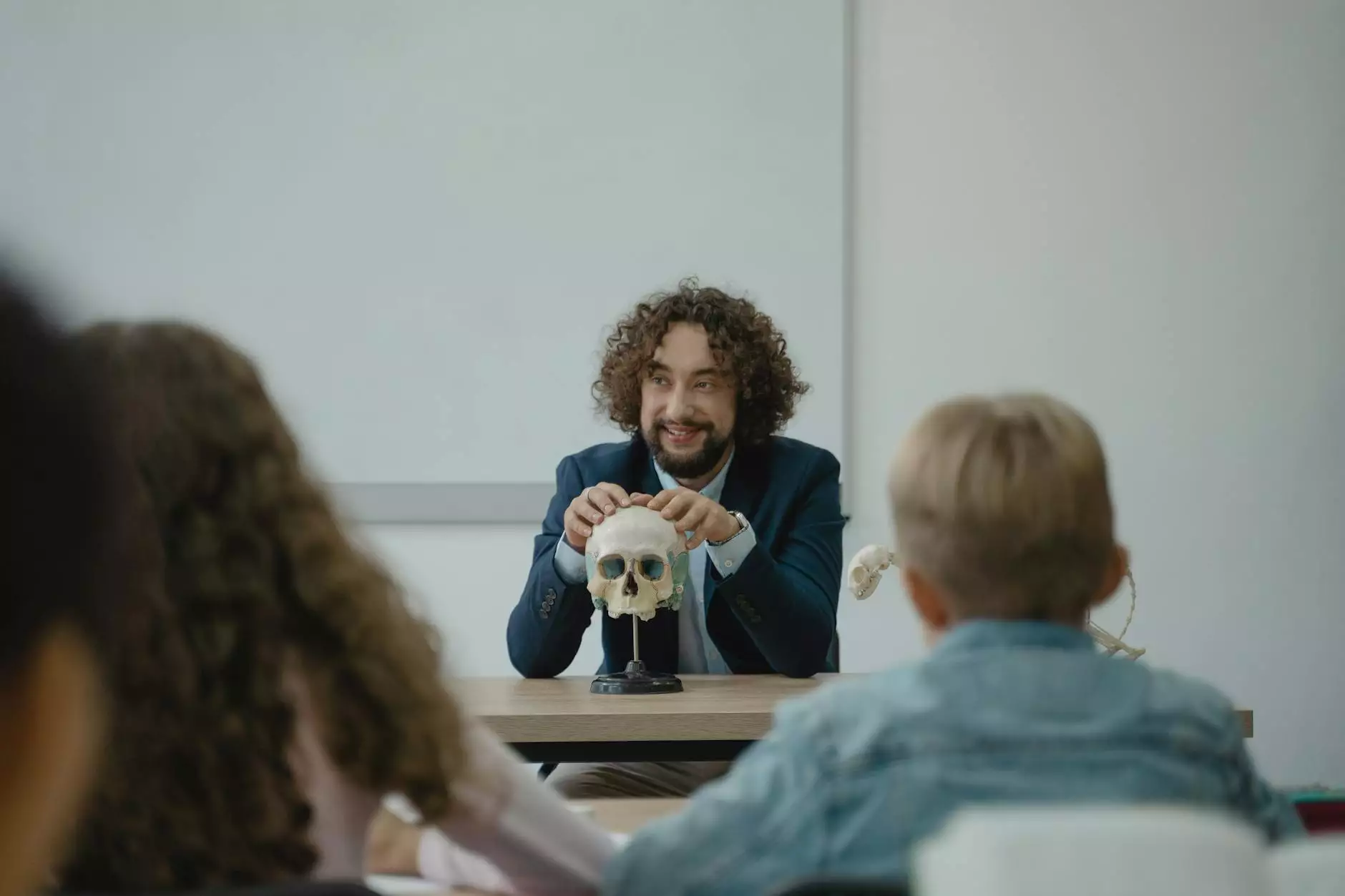HOSA Students Educate Biology Class on Bleeding Control
Admissions
Introduction to Bleeding Control Education
Welcome to Solomon Schechter Day School, where we are proud to share our commitment to community and society through our HOSA (Health Occupations Students of America) program. In this article, we will explore how our HOSA students play an essential role in educating biology classes on bleeding control. By equipping students with life-saving techniques, we contribute to a safer and more knowledgeable society.
Understanding the Importance of Bleeding Control Training
Bleeding control is a critical skill that can save lives in emergency situations. Whether it's a minor cut or a severe injury, proper knowledge and techniques enable individuals to respond effectively and potentially prevent further harm. Solomon Schechter Day School recognizes the significance of equipping students with these essential skills by integrating bleeding control education into our biology curriculum.
HOSA: Empowering Future Healthcare Leaders
Our HOSA program is aimed at cultivating a passion for healthcare and encouraging students to pursue careers in the medical field. By providing hands-on experiences and opportunities for students to make a tangible impact, we empower them to become future healthcare leaders. As part of their training, HOSA students focus on bleeding control education to raise awareness and promote life-saving skills within our community.
Becoming Proficient in Bleeding Control Techniques
Through a combination of classroom instruction, hands-on demonstrations, and practical exercises, HOSA students at Solomon Schechter Day School develop proficiency in a range of bleeding control techniques. These techniques include direct pressure, wound packing, and the application of tourniquets. Our skilled instructors work closely with the students, ensuring they understand the importance of each technique and can confidently apply them in emergency situations.
Collaborating with Biology Classes
To maximize the impact of bleeding control education, our HOSA students collaborate with biology classes at Solomon Schechter Day School. By integrating this training into the curriculum, students gain a comprehensive understanding of human anatomy, the circulatory system, and proper wound care. This interdisciplinary approach ensures that students grasp both the theoretical and practical aspects of bleeding control.
Real-Life Scenarios and Simulations
Our commitment to providing a realistic learning experience motivates us to create simulated scenarios that mimic real-life emergencies. By leveraging advanced training equipment and props, such as bleeding control kits and bleeding models, HOSA students engage in hands-on simulations, reinforcing their skills and improving their ability to respond calmly and effectively during high-stress situations.
The Impact on the Community
The impact of our bleeding control education extends beyond the walls of Solomon Schechter Day School. By educating biology classes, our HOSA students radiate knowledge and inspire others to acquire this critical skill. Through community outreach programs, student-led workshops, and partnerships with local organizations, our students actively contribute to making our community safer and more prepared to respond to emergencies.
Bleeding Control Education: A Lifelong Skill
At Solomon Schechter Day School, we firmly believe that bleeding control education is a lifelong skill that every individual should possess. By embedding this education within our biology curriculum and empowering our HOSA students, we are equipping the next generation with life-saving knowledge. The comprehensive training they receive ensures that these skills become ingrained, enabling them to serve as leaders in healthcare and make a profound difference in the lives of others.
Conclusion
In conclusion, the integration of bleeding control education within our biology curriculum, driven by the dedication and passion of our HOSA students, sets Solomon Schechter Day School apart. Through detailed training, practical demonstrations, and collaboration with biology classes, we are fostering a safer community and inspiring future healthcare leaders. Join us in our mission to create a better-prepared society and make bleeding control education a priority.










